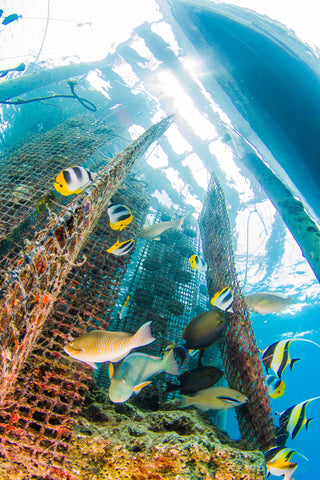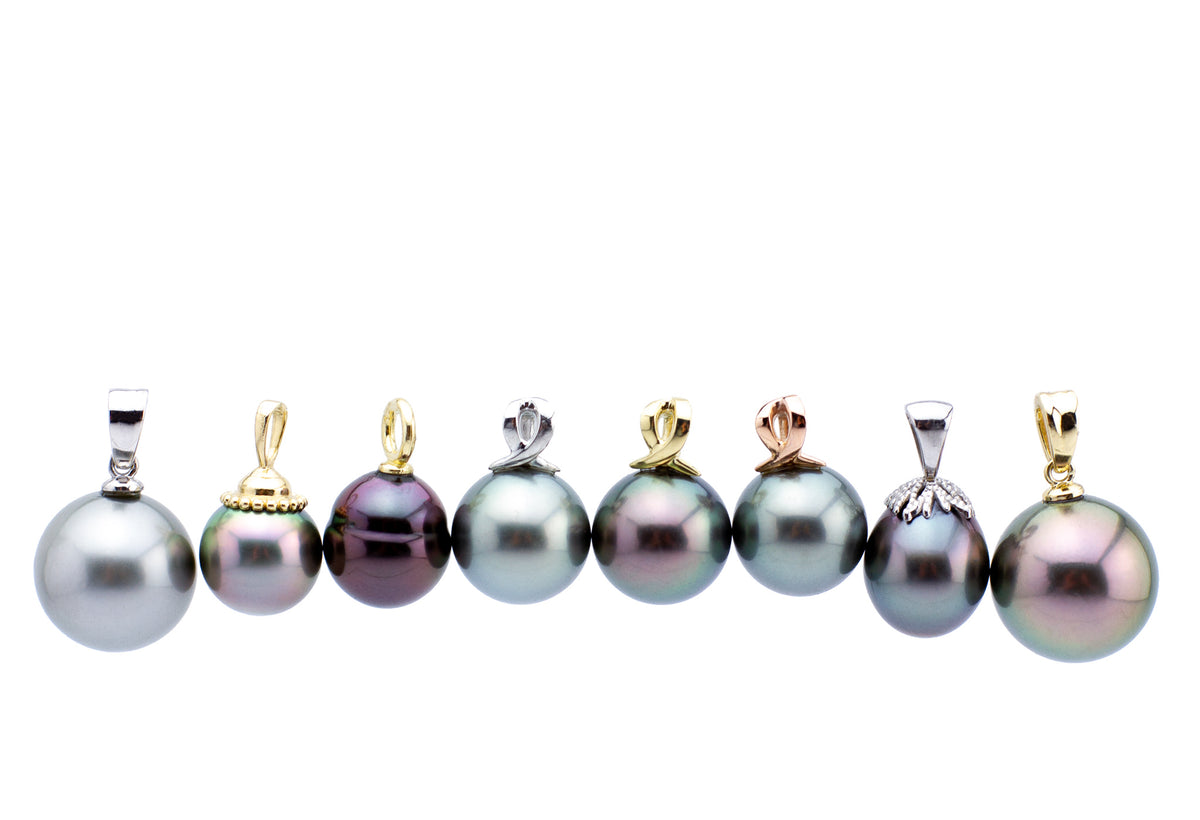Pearl-maculture: Is it possible?

by Josh Humbert
Moving to Portland, Oregon from Tahiti has been predictably full of change. One of the things I’ve enjoyed the most is the opportunity to grow food that (unlike me) would never put up with 80 degrees fahrenheit 24/7 365 days a year.
Learning about growing apples, pears, blueberries, hazelnuts, etc has lead me down a path of discovery of how much farming food can be like farming Tahitian pearls when done in a way that is sensitive to the environment. Permaculture especially, grabbed me the most. It is defined by Wikipedia, as “a system of agricultural and social design principles centered on simulating or directly utilizing the patterns and features observed in natural ecosystems.” Read ahead to discover how these concepts also apply to how we farm pearls at Kamoka.
The way that we imitate nature when farming pearls in our lagoon ecosystem can best be seen in how we clean our oysters. To do so, we bring them to fish-dense areas to be nibbled clean. The number of fish species are numerous that benefit from this work because the oysters become unwilling hosts to just about everything that grows in a lagoon. Our oysters, like the hull of a boat neglected at anchor, get covered in innumerable and always changing species. Diverse food leads to divers predators of that food. That prevents single species from outcompeting others and the result is a rich, diverse lagoon. By bringing our oysters into shallow areas to be cleaned, we allow this natural mechanism to occur.
Another way that pearl oyster farming enriches lagoons is by having our oysters in close proximity of each other. This isn’t proprietary to Kamoka and indeed this is true for many kinds of shellfish farming. Oysters are broadcast spawners meaning that they they release their gametes (male or female) into the water to randomly find each other. The proximity leads to highly successful reproduction. The young oysters that result from that, settle to the lagoon floor and most are eaten by fish but some find safe places to hide, increasing the stock of wild oysters in the lagoon. Pearl oysters world wide were decimated by the boom of the button industry as well as the insane search for natural pearls, that continues to this day.
So the way we clean our oysters helps to mitigate the effects of overfishing and the successful spawning that results from our work helps to slowly bring back decimated wild stocks.
Are there any other gems in the world that can be considered regenerative to the environment like this?
This video was made at Kamoka couple years ago but it's a great windo into what it's like to farm pearls with sustainability in mind:
